FarmBeats for Students by Microsoft & Seeed: Smart Agriculture Education Kit for Individuals, Schools, Local Communities, and SDGs
By Ye Seong SHIN 3 years agoThrough collaborating with FFA and Seeed, Microsoft developed “FarmBeats for Students Program” to facilitate technological empowerment of young people to learn about AI, Machine learning, and IoT in agriculture. This affordable, hands-on and learning-by-doing education can enable the students to understand automatic irrigation and fertilization applications, crop yield prediction, and pragmatic tools to tackle the world’s hunger issues. Thereby, this Program seeks to accelerate the UN’s SDGs 2, 10, 4, 1, 5, 9, 8, 6, 7, 12, 11, 13 and 17.
Project Name: FarmBeats for Students Program
Deployment Location: Global
Targeted Industry Type: Agriculture
Project Partner(s): 

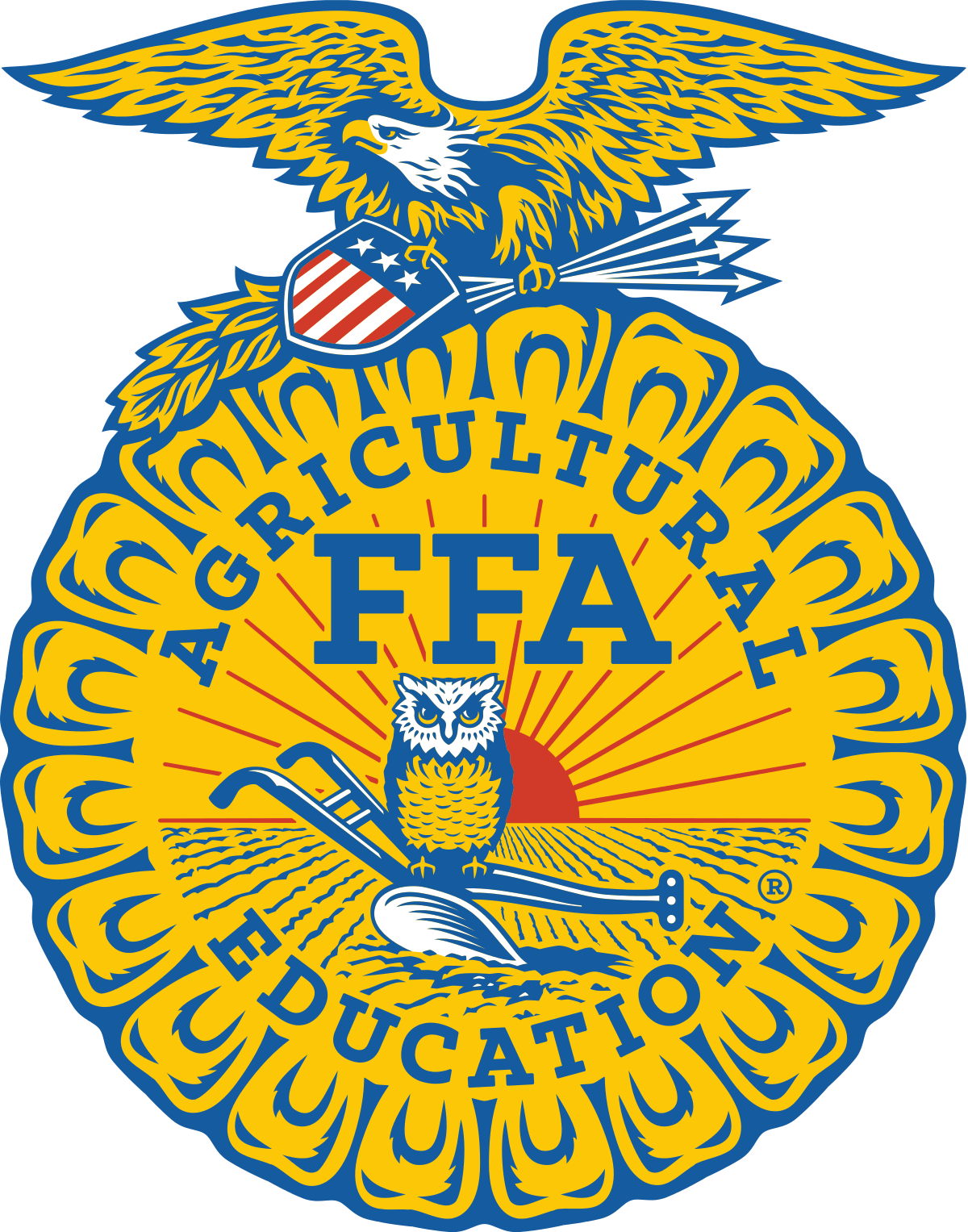
The United Nations (UN) estimated that the status quo of the world’s hunger issue amounts to approximately 690 million people, when measured by the prevalence of undernourishment at global level. Reflecting back on the ambitious SDG 2 on Zero Hunger, the UN recognized that our humanity is largely falling behind in achieving SDG 2 by 2030. Unless we are not seriously back on track, the UN predicts the number of malnourished people will continuously rise up to exceed 840 million by 2030 (Figure 1). (UN, n.d.).
Indeed, our agriculture sector is poised with the greatest question of our times: How to ensure that our growing population is well-nourished with enough food while adapting to climate change? International discourses on hunger highlight that there’s an acute need to find innovative solutions to augment agricultural productivity by making our food production systems more sustainable. Similar to what the National Sustainable Agriculture Coalition shared, most of the farmers in the 21st century are aging, and our new generation of farmers are encountered with various socioeconomic and environmental challenges (NSAC, n.d.). Therefore, cultivation of new talents and youth education through knowledge and skill transfers are increasingly a hotly-supported topic in the global arena.
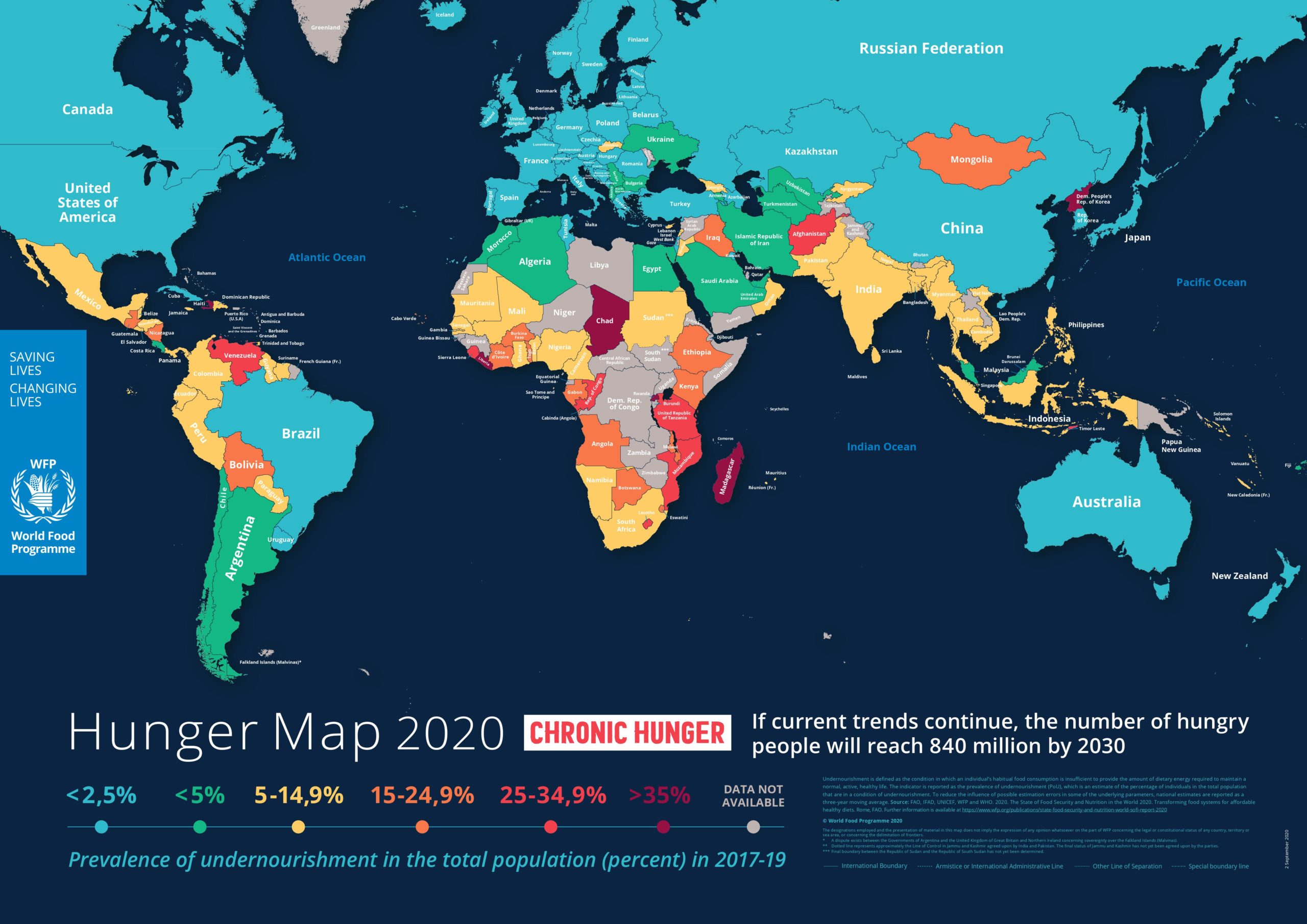
Figure 1. World Food Programme’s (WFP) World Hunger Map 2020
(WFP, 2020)
What’s the Challenge?
How to increase agricultural productivity and crop yields by engaging young people?
What’s the Project About?
Through collaborating with Seeed and the National Future Farmers of America Organization (FFA), Microsoft developed the “FarmBeats for Students Program” (Figure 2). This program seeks to bring technological tools into the hands of young people to learn about AI, Machine learning, and IoT on the topic of precision agriculture. By making curriculum, activities, as well as AIoT hardware and software affordable for educators and students, hands-on and learning-by-doing education can be actualized: application of precision agriculture technologies to sustainable food production. (Microsoft, 2021).
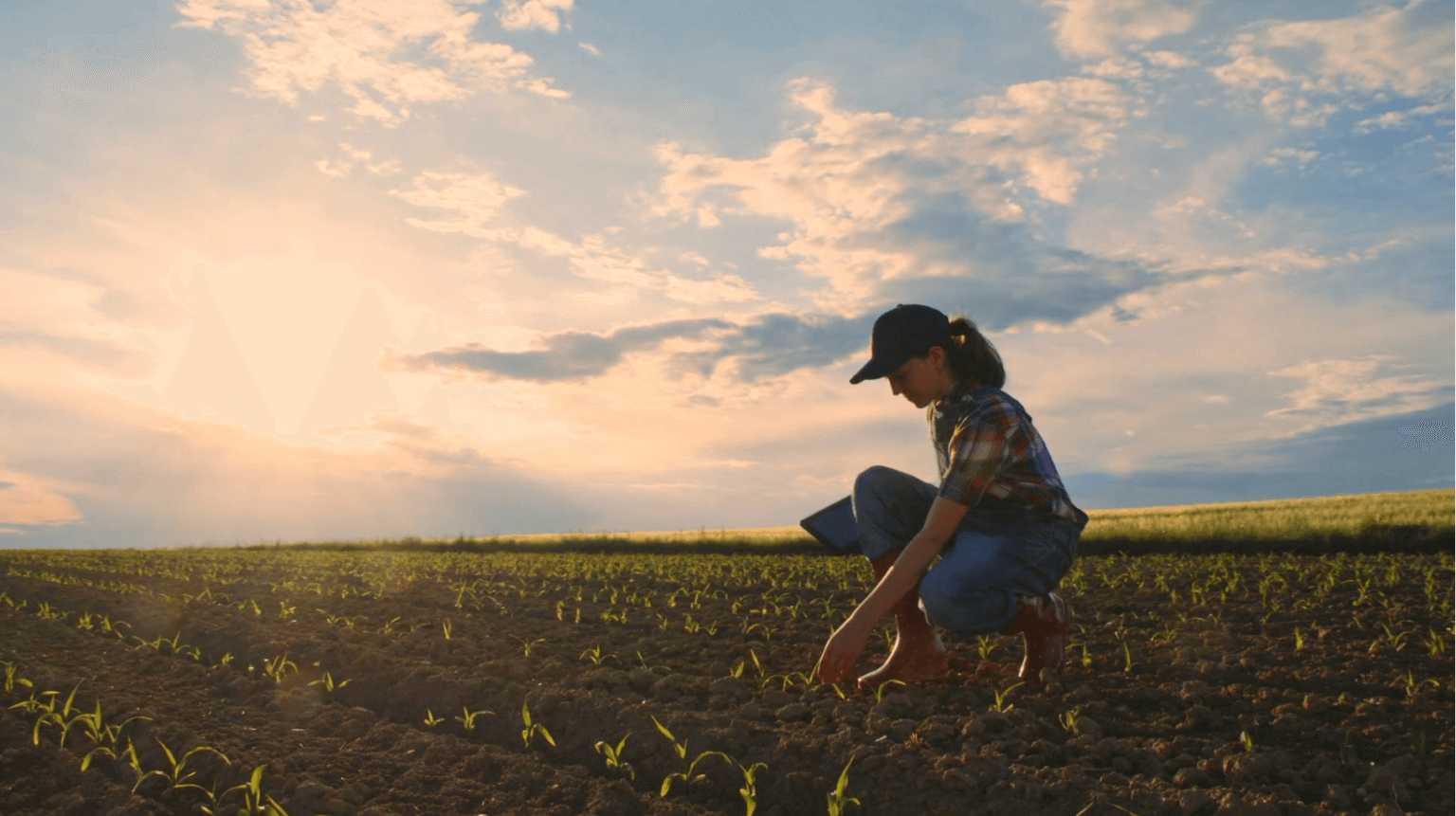
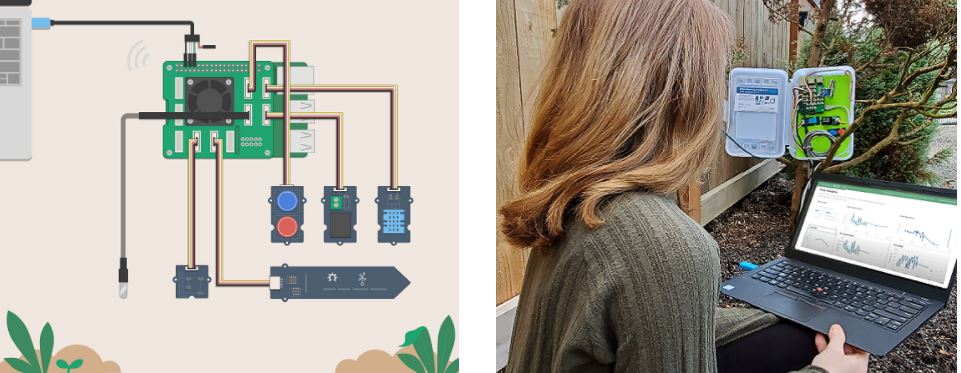
Figure 2. FarmBeats for Students (Microsoft Azure FarmBeats, 2021; Microsoft, 2021)
FFA is a leading youth organization in the USA, which prepares its youth members with necessary leadership skills, personal growth opportunities, and career options by providing hands-on agricultural education on 3 domains: science, technology, and business. (FFA, n.d.)
Since 2019, there has been a continuous communication between Microsoft and Seeed about bringing the “FarmBeats for Students Program” to classrooms (Figure 3). Therefore, Seeed is very happy and honored to join the hands of Microsoft and FFA to launch the “FarmBeats Student Kit” on 4th of March, 2021 – the World Engineering Day for Sustainable Development, promulgated by UNESCO. With more than 1 year of testing, refinement, and optimization, we are excited that the FarmBeats Student Kit is now available for every student and every STEAM educator. The Kit consists of hardware, software, curriculum and other resources, with which you can build meaningful SDG projects on agriculture to bring about long-lasting, positive impact on our planet. Additionally, with an in-depth understanding of AI, Machine Learning, and IoT, we hope that tomorrow’s farmers will be able to do farming more efficiently, productively, and environmentally-sound with minimized resource inputs.
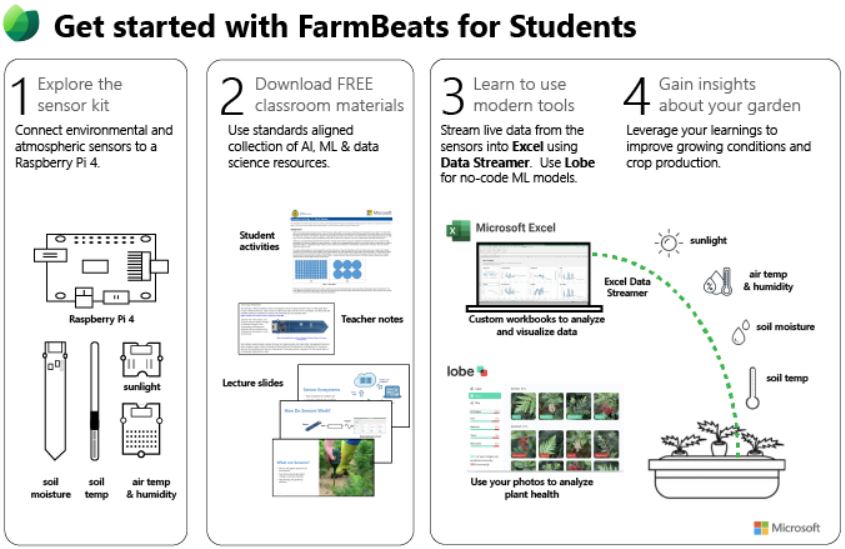
Figure 3. Overview of FarmBeats for Students Program (Microsoft, 2021)
First of all, as for the hardware, there are 2 kit versions available: one with Raspberry Pi 4 included (Figure 4), and the other one without the Raspberry Pi 4 (Figure 5). If you do not have a Raspberry Pi 4, please choose the one with Raspberry Pi 4 included. Through deploying this easy-to-learn and ready-to-deploy hardware kits, students are enabled to learn about:
- IoT sensor technology for monitoring various environmental elements;
- How the data collected from different sensors affect the growth of the crops;
- How soil conditions and crop health can be maintained optimally, and;
- How to make intelligent decisions on farm management with data-driven insights.
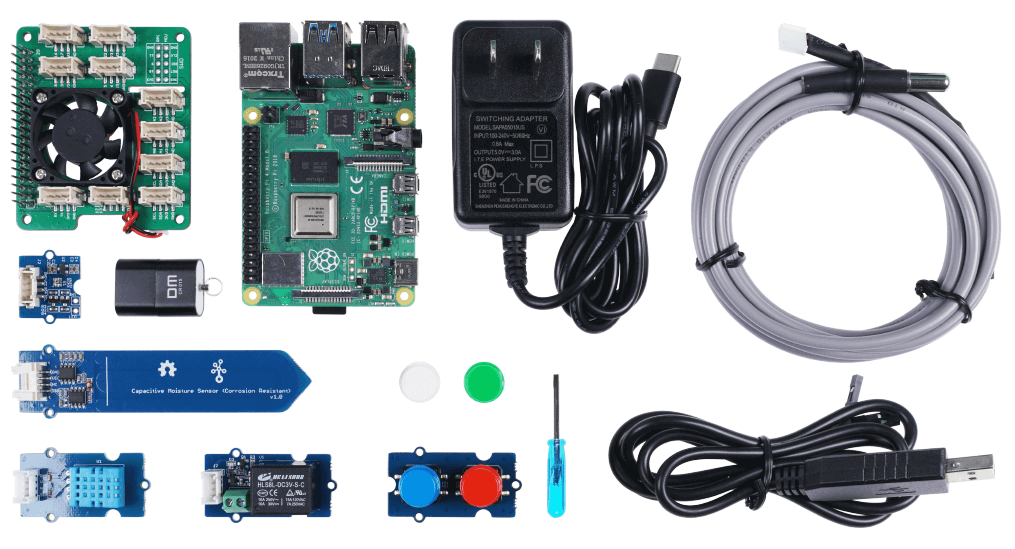
Figure 4. Grove Smart Agriculture Kit with Raspberry Pi 4 (Raspberry Pi 4 Included)
(Click here to get one now!)
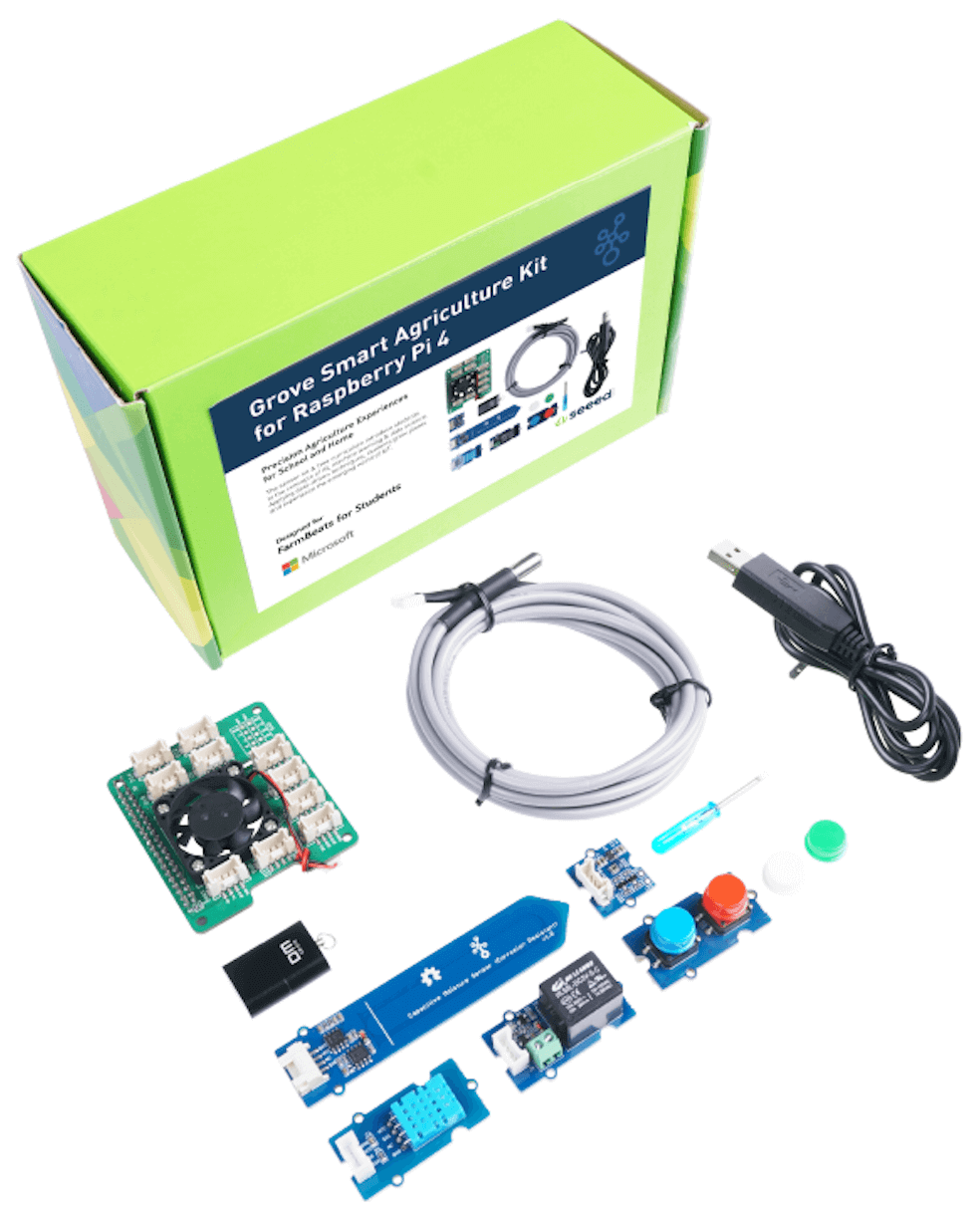
Figure 5. Grove Smart Agriculture Kit for Raspberry Pi 4 (Without Raspberry Pi 4)
(Click here to get one now!)
Second, the software components are Microsoft Excel and Lobe. On the one hand, Microsoft Excel enables students to streamline collected data from the Grove Smart Agriculture Kits’s sensors by visualizing it, and then analyze the aggregated data (Figure 6).
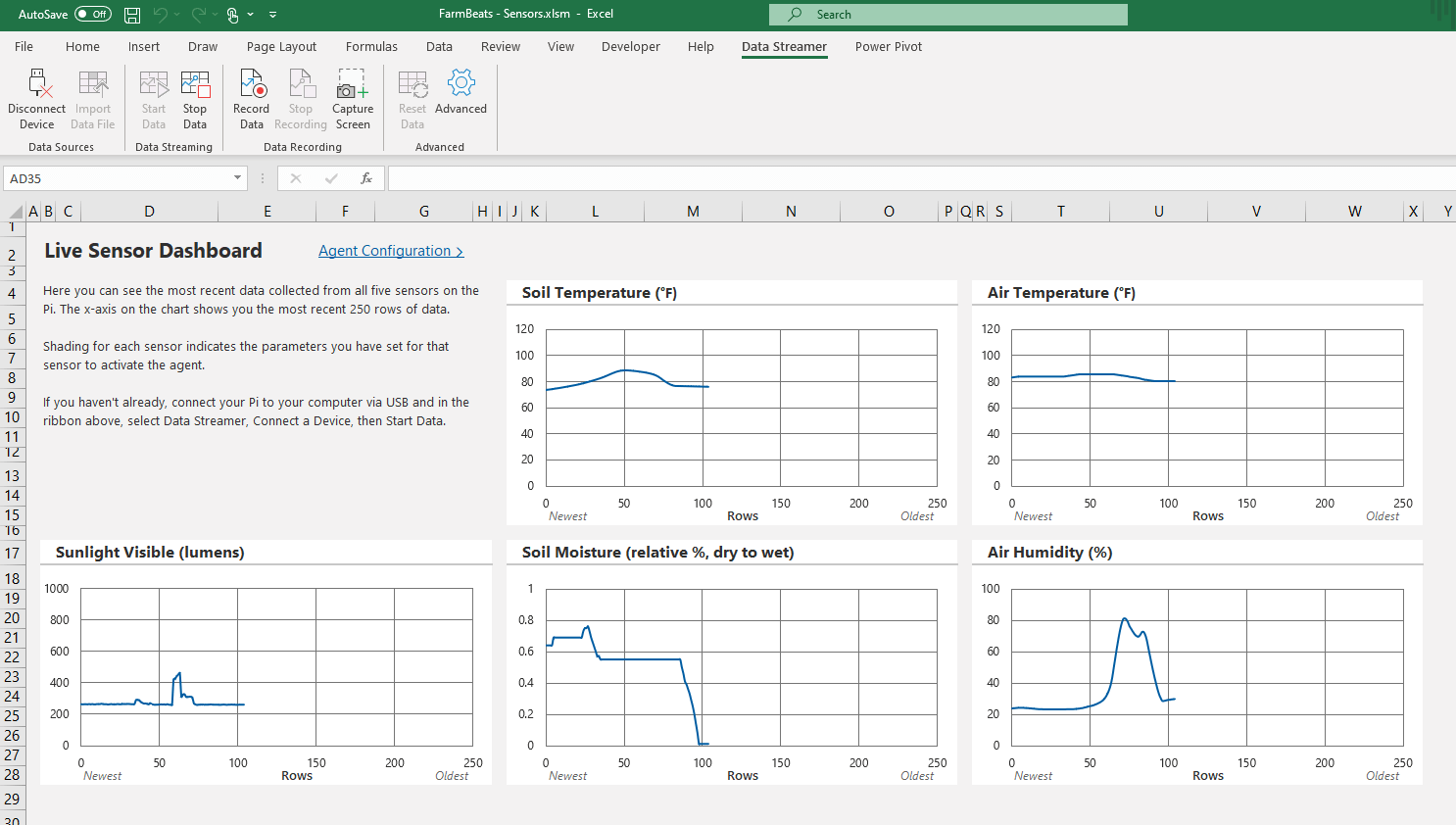
Figure 6. Aggregated Data from the Sensors Being Visually Displayed on Excel
ⓒ Microsoft FarmBeats for Students
On the other hand, Lobe is an easy-to-use software/app, with which the students are able to build, train, and apply Machine Learning to track and trace the health of the crops (Microsoft, 2021; Figure 7).
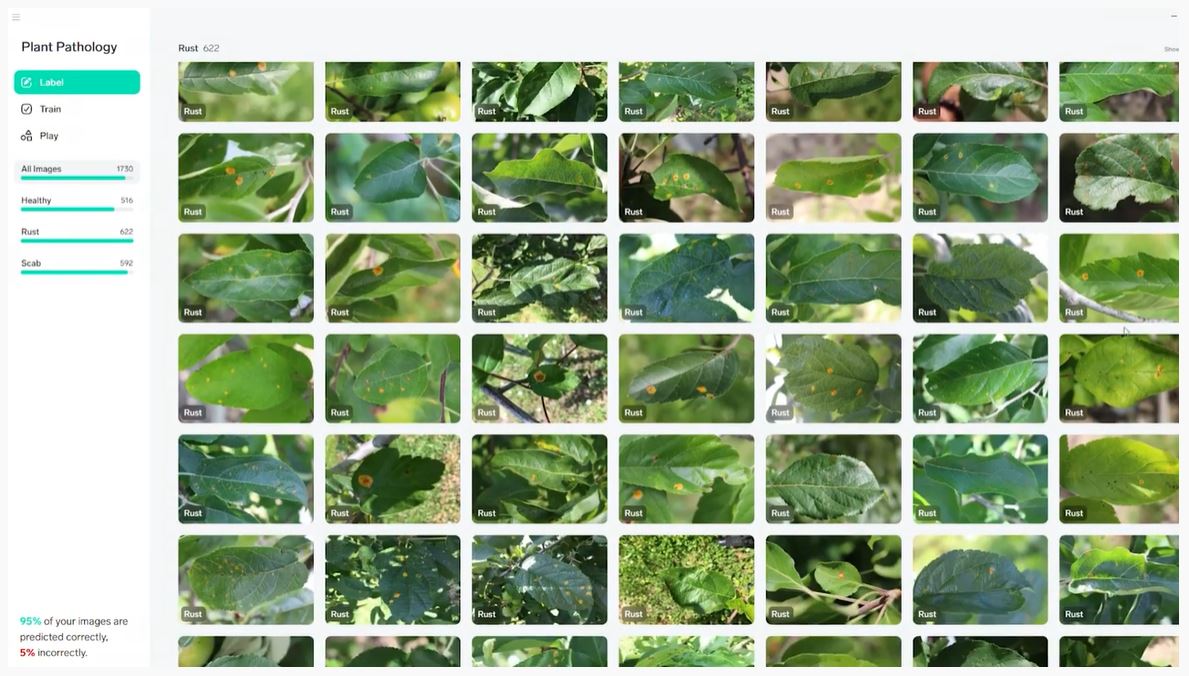
Figure 7. Lobe Software for FarmBeats for Students Program
(Microsoft Azure FarmBeats, 2021 & Lobe, 2020)
Third, as for curriculum and resources, there are 5 lesson plans and activities designed to be compatible with the AI4K12’s AI education guidelines and 5 Big Ideas as described in Figure 8.
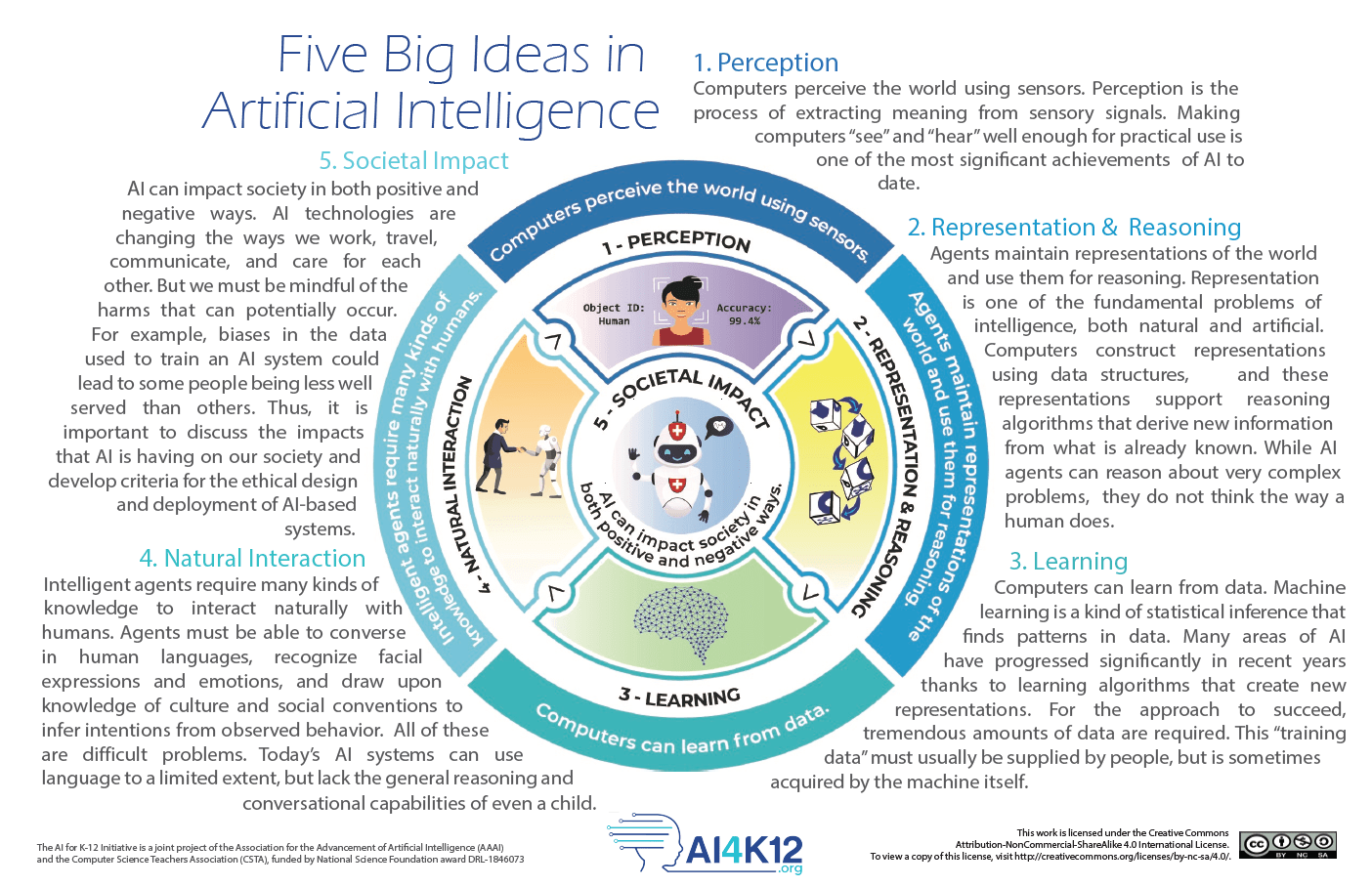
Figure 8. 5 Big Ideas in AI (AI4K12, 2020)
With the complete hardware, software and abundant online resources available at Microsoft FarmBeats for Students website, you can dive into the emerging world of AIoT at your school, home, garden, farm, Maker Spaces, and Fab Labs to apply data-driven solutions to cultivate diverse agricultural produce. For instance, turning up irrigation systems, indicating where fertilizers should be applied, and predicting crop yields based on weather patterns. In this way, intelligent decision-making and resource-efficiency for smart agriculture will be able to contribute to solving global hunger issues by making our food production systems sustainable (Microsoft, 2021).
Which SDGs Are Relevant?
Now, let’s take a look at to which SDGs can the FarmBeats for Students Program contribute (Figure 9):
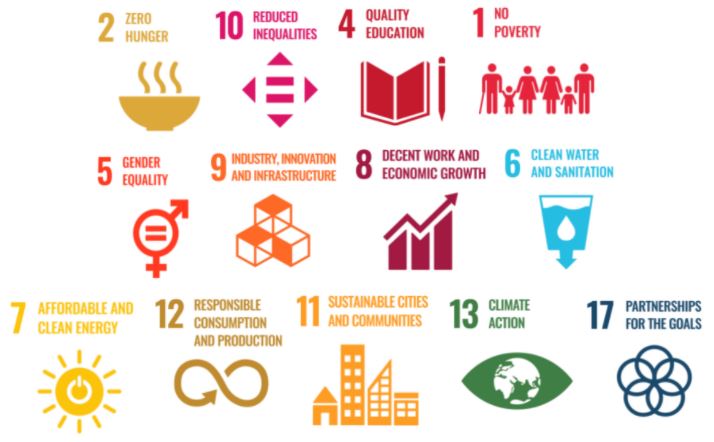
Figure 9. Specific SDGs Closely Connected with SDG Summer School 2021 (UN, 2016)
Once we take a look at the SDGs’ specific ‘Targets’, we are able to understand which SDGs are connected with other SDGs, and how they influence one another in various dynamics:
- Eliminate hunger and undernourishment by ensuring access to safe, nutritious and sufficient food for all people, especially people in impoverished and vulnerable situations (Targets 2.1, 2.2)
- Increase agricultural productivity and incomes of small-scale food producers (Targets 2.3, 10.1 & 10.3)
- Safeguard sustainable food production systems and implement resilient agricultural practices that increase productivity and production, that help maintain ecosystems, that strengthen capacity for adaptation to climate change, extreme weather, drought, flooding and other disasters and that progressively improve land and soil quality (Target 2.4)
- Guarantee that all women and men have equal access to affordable and quality technical and vocational education by augmenting the number of young people and adults receiving such education for decent jobs and entrepreneurship (Targets 4.3 & 4.4)
- Guarantee that all learners obtain knowledge and skills needed to achieve sustainable development, especially by addressing gender disparities, and social exclusion of underserved communities (Targets 4.5 & 4.7)
- Eliminate absolute poverty in the world and curtail the number of people living in all types of poverty (Targets 1.1 & 1.2)
- Guarantee that all women and men in vulnerable situations have equal rights to economic resources and new technologies (Target 1.4)
- Build the resilience of the poor and those in vulnerable situations and reduce their exposure and vulnerability to climate-related extreme events and other economic, social and environmental shocks and disasters (Target 1.5)
- Promote self-empowerment of women by harnessing ICT technologies (Target 5.B)
- Promote industrial sector’s sustainable and resilient development with improved resource-use efficiency, environmentally-sound technologies, scientific research, not to mention the Internet connectivity (Targets 9.4, 9.5, 9.A, 9.B & 9.C)
- Attain per capita economic growth by means of economic productivity through diversification, and technological upgrading and innovation, with a focus on high-value added and labour-intensive sectors (Targets 8.1 & 8.2)
- Improve global resource efficiency in production, such as water, energy, and natural resources (Targets 8.4, 6.4, 7.3, 12.1 & 12.2)
- Augment the usage of renewable energy at global level (Target 7.2)
- Support positive economic, social and environmental links between urban, peri-urban and rural areas (Target 11.A)
- Decrease the amount of wastes being generated through prevention and reduction (Target 12.5)
- Guarantee that people are knowledgeable about sustainable development and usage of technological tools to make production system more sustainable (Targets 12.8 & 12.A)
- Reinforce adaptive and resilience capacity to natural disasters by improving education, promoting awareness, and integrating with national policies and strategies (Targets 13.1, 13.2 & 13.3)
- Promote North-South, South-South and triangular regional and international cooperation on science, technology and innovation knowledge transfers, along with sharing environmentally-sound technologies (Targets 17.6, 17.7 & 17.9)
- Augment global partnership for sustainable development through multi-stakeholder partnerships that mobilize knowledge, expertise, technology and financial resources (Targets 17.16 & 17.17)
Last but not least, we are honored and pleased to join this novel pursuit with Microsoft and FFA to make AIoT technological solutions and resources available for students and STEAM educators. By doing so, we hope to deliver a message of hope, knowledge and skills that are essential for sustainable agriculture. With the next generation and you joining this endeavor, we just might be lucky enough to transition into a sustainable world! Who knows? 🙂
About Author
Ye Seong SHIN
Sustainability and CSR Manager at Seeed Studio
。
Jointly organize/participate in multi-stakeholder projects/platforms/events/webinars/workshops/hackathons/etc. to accelerate SDGs with local communities and open tech anywhere in the world by connecting with Ye Seong SHIN today on LinkedIn.
。
Seeed Studio is the IoT and AI solution provider for all types of traditional industries’ sustainable digitalization. Since its establishment in 2008, Seeed Studio’s technological products and customization services are used for smart agriculture, smart cities, smart environmental monitoring, smart animal farming, smart aquaculture, meteorological monitoring, STEAM education, and all types of emerging scenarios enabled by the Industry 4.0. With the company’s mission to “Empower Everyone to Achieve Their Digital Transformation Goals” (which shares similar values with SDGs’ Motto of “Leave No One Behind”), Seeed Studio is devoted to using open source technologies for accelerating SDGs with multi-stakeholders from UN agencies, academia, companies, CSOs, governments, public/private organizations, and so on. This is why, Seeed Studio also founded “Chaihuo Maker Space”, and started China’s first Maker Movement by annually organizing “Maker Faire Shenzhen”.